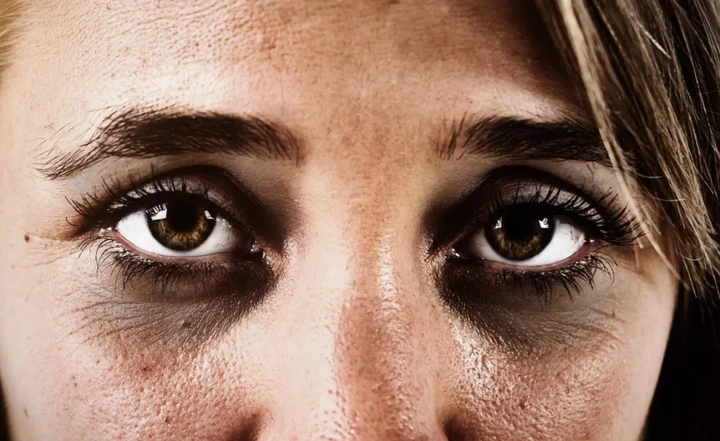Dark circles around the eyelids, also known as periorbital dark circles, are a common concern for many individuals.
These dark discolorations can make the eyes appear tired, aged, or unhealthy.
While they are typically harmless, understanding the underlying causes of dark circles can help in addressing and managing this condition effectively.
According to Healthline and Webmd, this article provides the various factors that contribute to the development of dark circles around the eyelids.
1. Genetics:
One significant factor in the occurrence of dark circles is genetics. If your parents or close relatives have dark circles, you may be more prone to developing them as well.
Genetics can influence the thickness of the skin around the eyes, the presence of blood vessels, and the tendency for pigmentation changes, all of which can contribute to dark circles.
2. Thin Skin and Blood Vessels:
The skin around the eyes is naturally thinner compared to other areas of the body.
This thin skin makes blood vessels beneath the surface more visible, resulting in a bluish or purplish appearance, giving the impression of dark circles.
3. Fatigue and Lack of Sleep:
Lack of sleep and fatigue can cause the blood vessels around the eyes to dilate, leading to a darkened appearance.
Additionally, sleep deprivation can cause the skin to become dull and pale, making the dark circles more noticeable.
4. Age-related Changes:
As we age, the skin loses collagen and becomes thinner, making blood vessels more apparent.
This can contribute to the formation of dark circles. Moreover, aging can cause a reduction in fat and volume around the eyes, resulting in a hollowed-out appearance that can accentuate the dark circles.
5. Allergies and Nasal Congestion:
Conditions such as allergies and nasal congestion can lead to the dilation of blood vessels around the eyes, causing dark circles to appear.
Rubbing and itching the eyes due to allergies can further aggravate the situation by causing inflammation and swelling.
6. Sun Exposure:
Prolonged exposure to the sun’s harmful ultraviolet (UV) rays can stimulate the production of melanin, the pigment responsible for skin color.
Excessive melanin production in the under-eye area can result in the formation of dark circles.
7. Dehydration:
Insufficient hydration can cause the skin to appear dull and emphasize the appearance of dark circles.
When the body is dehydrated, the delicate skin around the eyes may become dry and more susceptible to fine lines, wrinkles, and shadows.
8. Smoking and Alcohol Consumption:
Smoking and excessive alcohol consumption can affect blood circulation and cause blood vessels to dilate, leading to the appearance of dark circles.
These habits can also contribute to skin dehydration and premature aging.
It is important to note that some medical conditions, such as thyroid disorders, anemia, or certain skin conditions, may also contribute to the development of dark circles.
If you are concerned about persistent or severe dark circles, it is advisable to consult with a healthcare professional for a proper diagnosis and appropriate treatment options.


